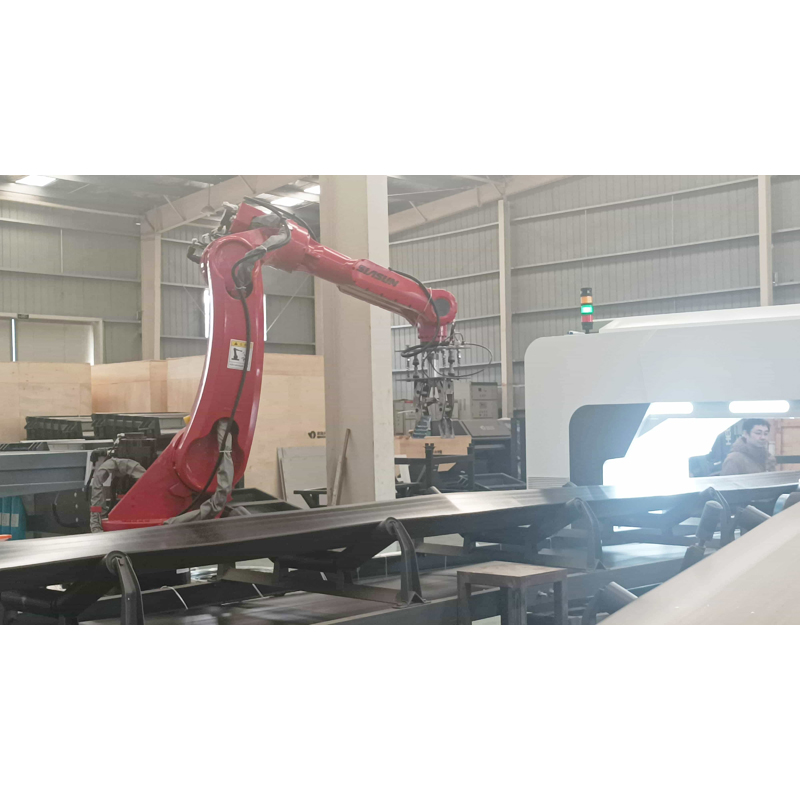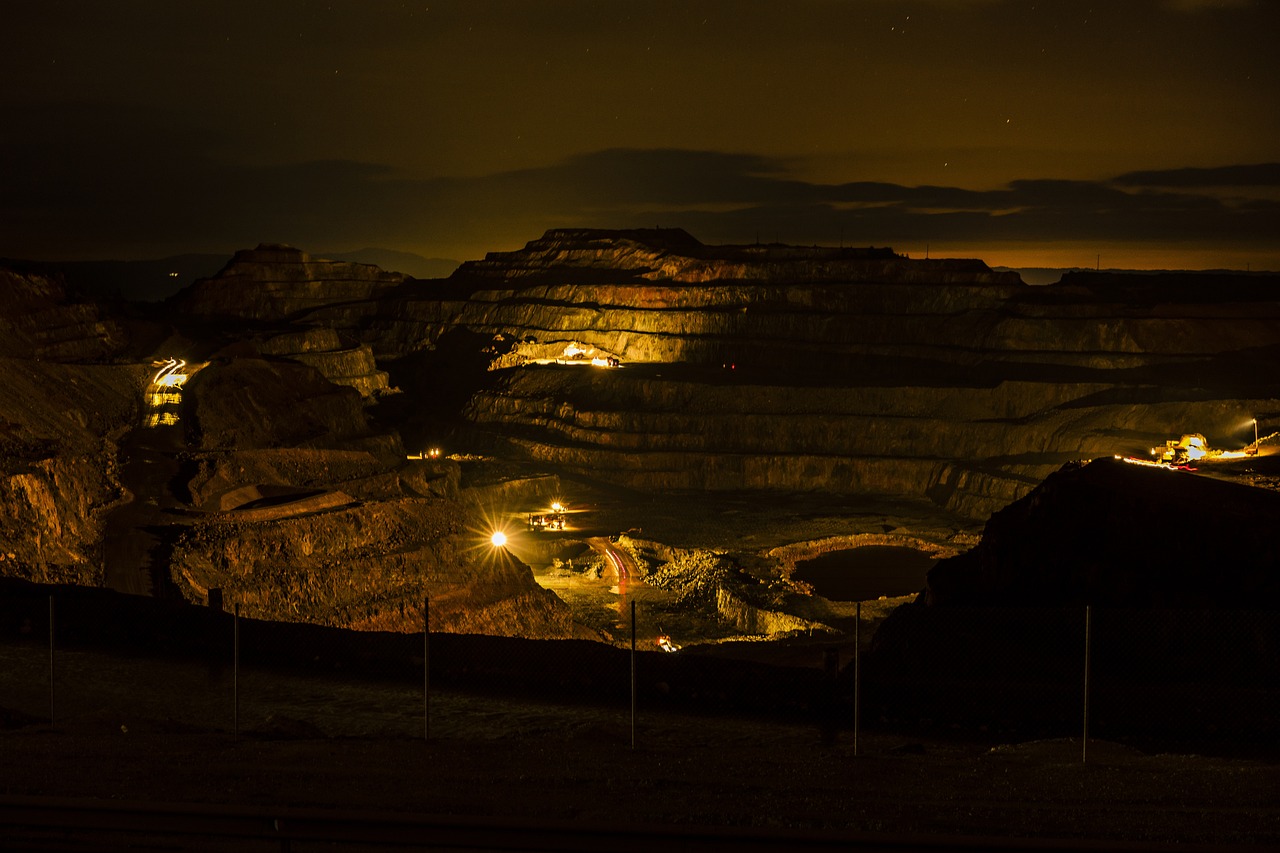 Foreign Body Removal Robot: A New Solution for Safe Production
Jul 06, 2024
Foreign Body Removal Robot: A New Solution for Safe Production
Jul 06, 2024
Overview
Ore foreign body removal robots are an automated equipment that has been widely studied and applied in the mining field in recent years with the development of artificial intelligence and machine vision technology. They are mainly used in the process of ore mining and processing to automatically identify and remove foreign matter mixed in the ore, so as to improve production efficiency and product quality and ensure the stable operation of the production line.
Technical Realization
The core technologies of ore foreign body removal robots include image recognition, machine learning, deep learning, and robotic arm control. The ore images are captured by a high-resolution camera installed on the conveyor belt, and then image processing technology is used to classify the ore, analyze the particle size, and identify foreign bodies. These robots are usually equipped with artificial intelligence algorithms such as deep convolutional neural networks (CNN), which can automatically extract the multi-dimensional features of the ore, such as texture, color, gloss, shape, etc., and compare them with the pre-trained database to achieve accurate foreign body identification and positioning.
Scenes to Be Used
The application scenarios of ore foreign body removal robots are very wide. They can play a role in various links of ore mining, crushing, grinding, ore dressing, etc. Especially in the ore transportation link, such as belt conveyor, the robot can monitor and remove foreign bodies in the transportation process in real time, which greatly ensures the continuity and stability of production.
The foreign body removal robot launched by MINGDE Optoelectronic uses advanced image recognition algorithms and machine learning technologies, enabling it to continuously learn and optimize recognition models and adapt to complex and changing material conditions.
Economic Benefits and Social Value
The application of ore foreign body removal robots has brought many economic benefits to enterprises, such as improving production efficiency, reducing costs, reducing safety hazards, etc. At the same time, it has also promoted the development of mining towards intelligence and automation, and helped to achieve green mine construction and sustainable development.
Conclusion
In summary, the application prospects of ore foreign body removal robots are very optimistic. With the continuous advancement of technology and the growth of market demand, such robots will play a greater role in the mining field and become an important force in promoting the development of intelligent mining. At the same time, its wide application will also have a profound impact on improving production efficiency, reducing production costs, and ensuring mine safety.
 What are the Factors that Affect Ore Sorting?
Jun 12, 2024
What are the Factors that Affect Ore Sorting?
Jun 12, 2024
 Foreign Body Removal Robot: A New Solution for Safe Production
Jul 06, 2024
Foreign Body Removal Robot: A New Solution for Safe Production
Jul 06, 2024